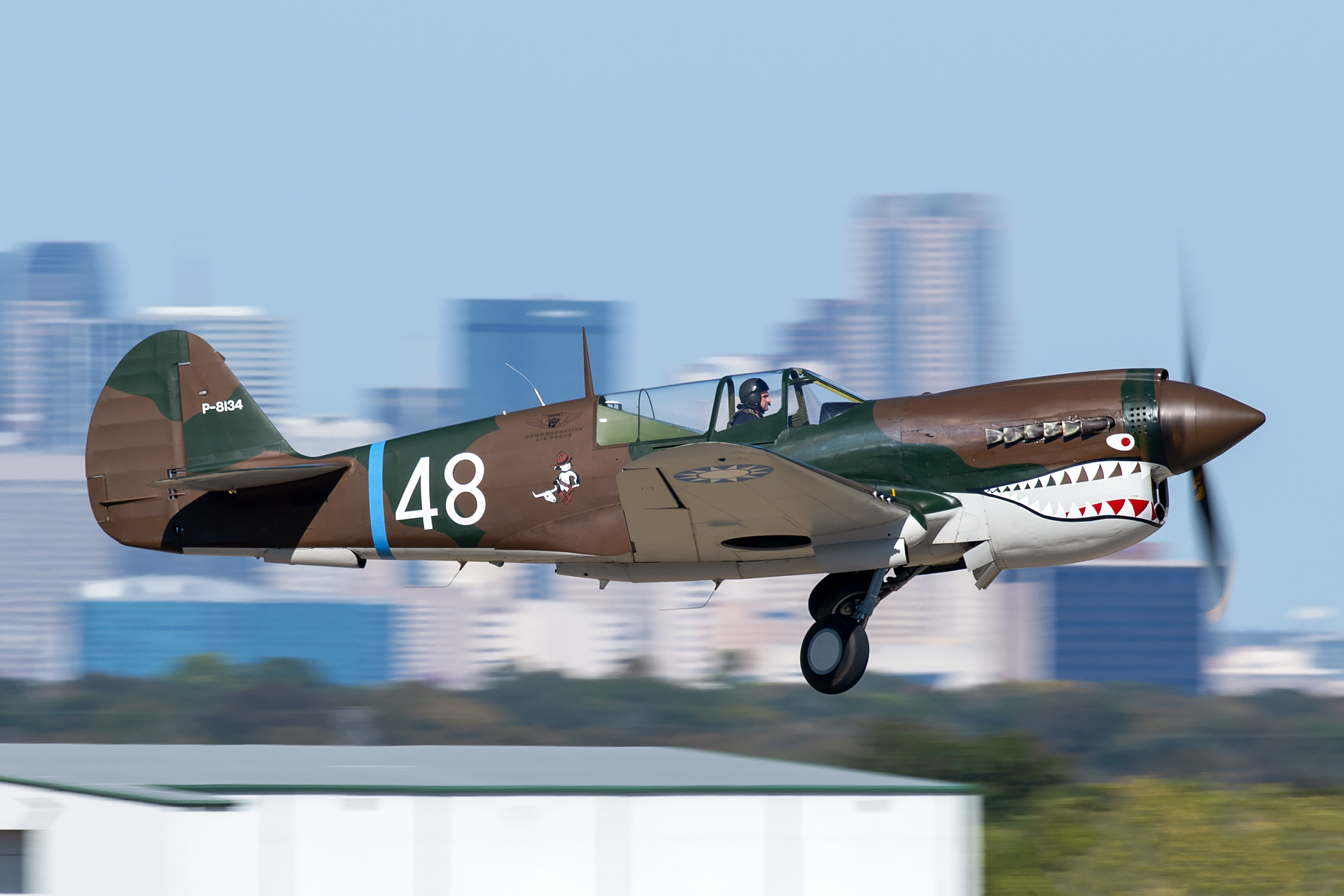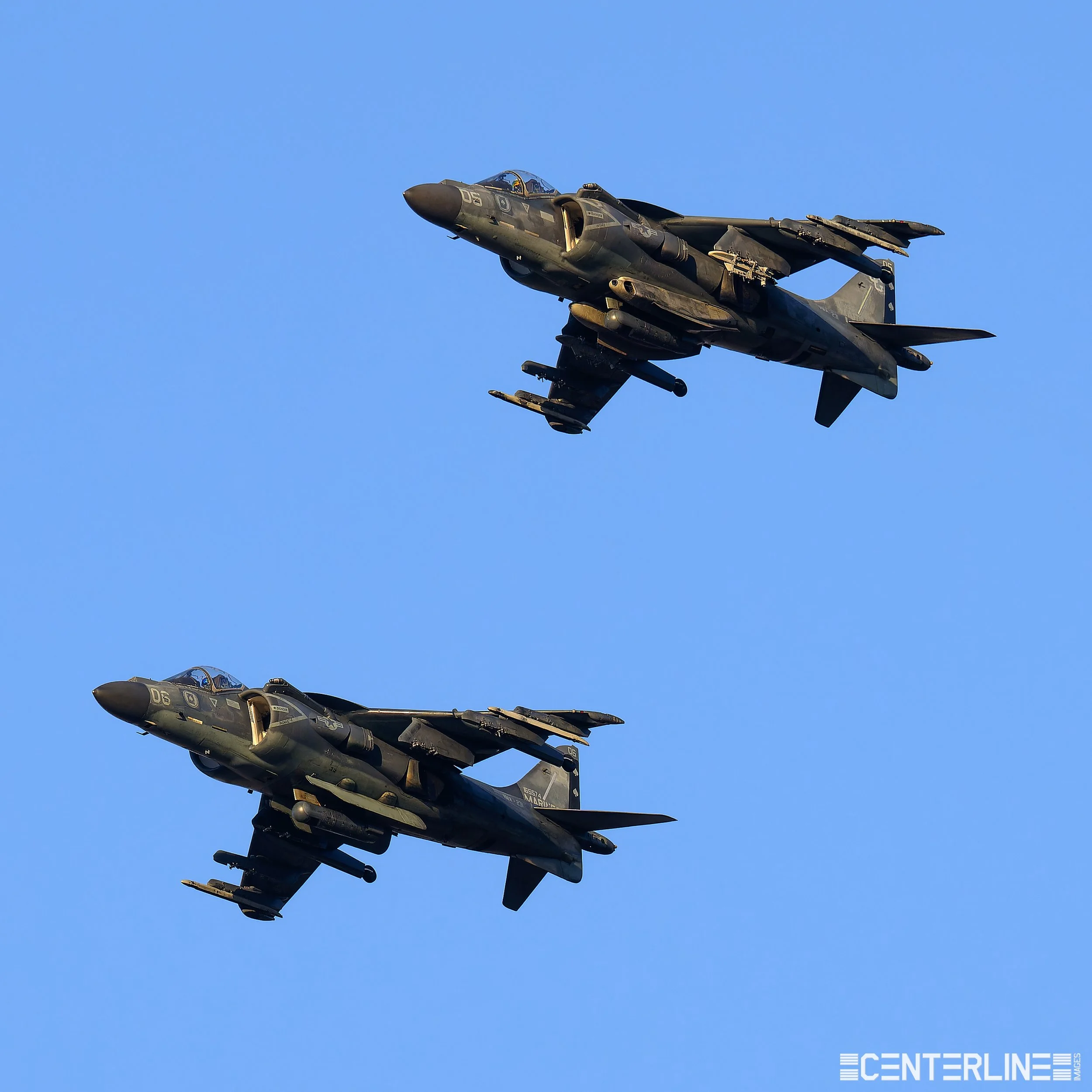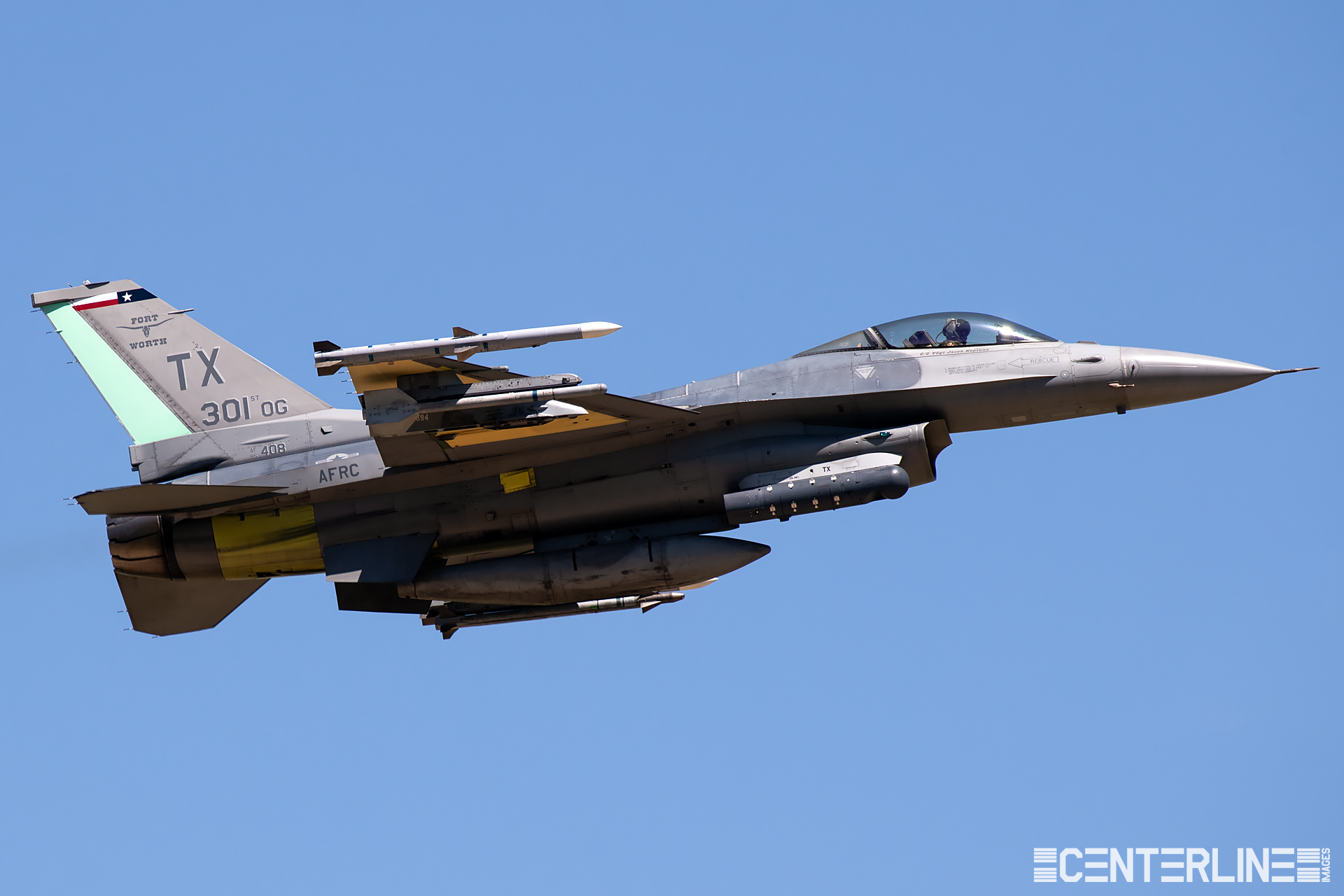
Curious on the backstory behind the photos? This is the place. You'll find not only write ups on local outings, but also reviews of major events I’ve attended.
Burning The Midnight Oil
Burning the midnight oil! The men and women of both the USMC and USN stay busy day and night, as seen by the tremendous amount of action at this small southeastern Californian airport
When I visited Naval Air Facility El Centro earlier this year, I noticed an impressive number of USMC and USN helicopters passing by El Centro, instead of stopping at the nearby Imperial County Airport, which is roughly a 15-minute drive away. On one of the few days I was in the area, I decided to head down there and see what nightfall would bring. No more than five minutes after I arrived, three massive CH-53E Sea Stallions from MCAS Miramar arrived, and the festivities began.
Unfortunately, I didn’t have my tripod with me on this trip, so I found the flattest surface I could—the roof of my rental Dodge Ram. While this actually worked out fairly well, the immense CH-53s shook the entire ground even while parked and at idle power, remaining running as the crew chiefs hot-refueled their machine. This sometimes caused some of the night exposures to be unusable, as the shake would result in blurry photos. Not to be deterred, I kept adjusting my settings to account for this and managed to get satisfying results.
As I snapped away, I had to be conscious of my limited photo opportunities with these incredible machines. As quickly as they arrived, they departed into the darkness, with only faint slime lights visible and the thunderous sound fading into silence. Minutes later, I’d hear the noise pick up again as more helicopters approached—Vipers, Venoms, Seahawks, Ospreys, and even more Super Stallions.
It was an incredible amount of nonstop action, and to think this is a regular occurrence! Sometimes it’s easy to forget just how busy the men and women in uniform stay—training day and night—while many of us are already in bed, fast asleep. It definitely reminded me of that and only deepened my appreciation!
January 30, 2025 - Imperial County Airport (Imperial, California)
Nearing The End Of An Era: The USMC AV-8B Harrier II
As the mighty AV-8B Harrier’s service comes to an end in the US Marine Corps, I had an unexpected opportunity to see over a dozen in action in Southern California.
Earlier this year, I found myself out in the Mojave Desert in Southern California, awaiting a historic moment—the Boom XB-1 taking to the skies for its first supersonic flight, which I had posted about on this page months ago. While awaiting that momentous occasion, a friend of mine, seeing that I was in Southern California, reached out with an unexpected heads up: one of the last large deployments to Naval Air Facility El Centro of the AV-8B Harrier II was happening simultaneously down in El Centro, a small desert town tucked away near the southeastern corner of California.
I hadn’t seen a Harrier up close in years, and this was one of the final opportunities to witness a large-scale deployment to El Centro before its retirement. As soon as the XB-1 wrapped up its flight, I hit the road, making the four-and-a-half-hour drive south. On the drive down, I crammed in everything I could about El Centro—where to go, what to expect, and most importantly, the best spots to photograph the action.
I arrived just in time to catch the golden-hour action. The second I stepped out of the car, I was hit with that unmistakable sound—the sharp, high-pitched whine of Rolls-Royce Pegasus engines idling. It immediately brought me right back to memories from airshows past. Then, as if on cue, a Harrier started taxiing out, passing right in front of me. Not just any Harrier either—I spotted the rare TAV-8B twin-seat training version, a far lesser seen variant.
Apparently seeing that rare aircraft was a good omen, because that first evening ended up being nothing short of incredible. I watched no fewer than ten Harriers in action from both squadrons, who were in town participating in Service Level Training Exercise 1-25. These jets from VMA-231 "Aces of Spades" and VMA-223 "Bulldogs," both based out of MCAS Cherry Point, North Carolina. In total, there were more than a dozen aircraft flying missions designed to prepare Marine units for operations around the globe. The exercise also gave me the rare opportunity to see many of the Harriers carrying live ammunition. Several were using water injection—a system that provides extra thrust during takeoff—making their departures noticeably smokier and even more dramatic. It's easy to forget what an incredible payload these relatively small aircraft can carry to the fight.
I ended up staying three days under the warm Southern California sun. In addition to the Harriers, the skies were buzzing with other base regulars, including the Blue Angels out for their winter training as they geared up for the 2025 air show season. As you'll see a ways down the photo set, Blue Angel #7 suffered a blown tire, and had to utilize the cable! Not something you see too often.
As I write this, VMA-231 is just a couple weeks away from wrapping up Harrier operations entirely. Being there to witness one of their final large-scale exercises felt like a full-circle moment.
We are nearing the end of an era for a truly unique aircraft.
Naval Air Station Joint Reserve Base Fort Worth
A brief look into the history behind Naval Air Station Joint Reserve Base Fort Worth.
Naval Air Station Joint Reserve Base Fort Worth, also known as Carswell Field, is a military installation located in Fort Worth, Texas. The base was established in 1942 as a Consolidated Aircraft Corporation manufacturing plant, with the primary mission of producing B-24 Liberator bombers for the United States Army Air Forces during World War II.
After the war, the base was transferred to the Strategic Air Command and became home to the 7th Bombardment Wing, where it continued to be used for production of aircraft. During the Cold War, the base played a critical role in deterring Soviet aggression as a key storage site for nuclear weapons.
In 1994, the base was renamed Naval Air Station Joint Reserve Base Fort Worth and now serves as a joint reserve base for multiple military units across different branches. Some of the units that are currently stationed at the base include the 301st Fighter Wing (F-16s), the 136th Airlift Wing (C-130Js), Marine Fighter Attack Squadron 112 (F/A-18 legacy Hornets), Marine Aerial Refueler Transport Squadron 234 (KC-130J), Fleet Logistics Support Squadron 59 (C-40 Clipper), and multiple other units. As you'll see in the photos, we'll occasionally also see transient traffic generally tech stopping for fuel on their way across the US.
One of the base’s biggest highlights for locals and visiting enthusiasts is the massive presence of Lockheed Martin, particularly the F-35 Lightning II program. Lockheed Martin takes up the entire west side of the base and uses it as a key location for the production of the F-35 Lightning II, a fifth-generation fighter aircraft that can be used for a variety of missions. The F-35 program is one of the largest military aircraft contracts in history and provides jobs for thousands of people in the area. In addition to the F-35, you'll also see foreign F-16s which are used to test and modernize the platform.
We are definitely spoiled to have such a variety of aviation to choose from in North Texas and it's easy to take the history that surrounds us at Naval Air Station Joint Reserve Base Fort Worth for granted. From manufacturing bombers during World War II to playing a key role in deterring Soviet aggression during the Cold War, this base has seen it all. Today, it serves as a vital base for multiple units, ensuring the safety and security of our nation.











































































































































